-
About
-
Services
-
Events
-
Careers
-
Get Involved
-
Resources
- Ways to Give
Donate
-
About
-
Services
-
Events
-
Careers
-
Get Involved
-
Resources
- Ways to Give






